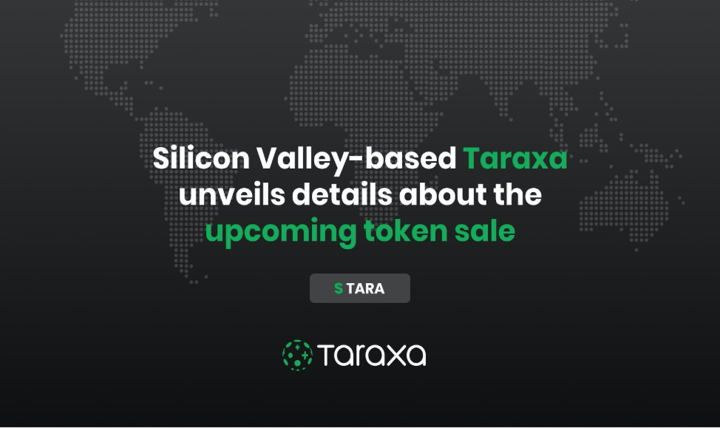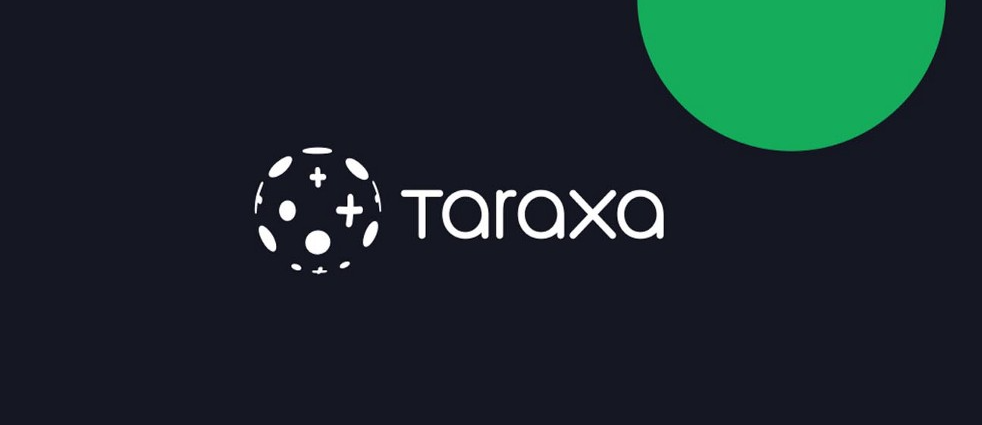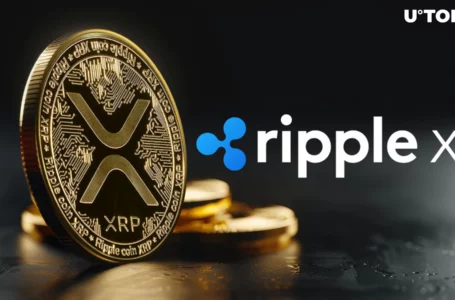
Currently, layer-one blockchains such as Ethereum are fighting a battle for speed and the capacity to scale transactions to meet a growing need as more people are using them.
Blockchain networks have the ultimate advantage for trust and accountability but it seems that major networks of today (Solana, Avalanche, NEAR, to name a few) are only focused on DeFi and NFTs.
One thing is clear: there is a growing demand for faster and cheaper blockchain networks, especially in those which meet a clear use-case. So we should expect more and more nuanced blockchains to take over the layer-one space.
Going beyond DeFi and NFTs: How Taraxa is disrupting the layer-one space
To scale properly and foster innovation, the global economy needs to have a solid operational basis to rely on. Operations transactional data is constantly generated to power those business decisions and interactions in collaboration software, Slack messages, and SMS-threads, yet 80% of this data remains uncaptured and unverified, i.e. not recorded in legal documents or any other structured systems.
A cost-effective, scalable blockchain can provide a powerful solution to make informal transactions trusted, but needs to be custom-tailored to be able to log high-volume data streams and frequency. Unfortunately, Ethereum and other major layer-ones cannot provide that.
Silicon Valley-based Taraxa is proving to the world that tracking informal interactions (everyday agreements and transactions, social media interactions, and many more) is useful as well as profitable.
By tracking informal transactions, the platform aims to democratize access to individuals’ and companies’ reputations. Specifically designed to track and audit operational records, it leverages informal transactional data to build a localized reputation network, therefore, even most minor participants will also have a reputation and be trusted in their dealings.
The platform of this kind allows measuring a person/entity’s reputation by pulling off-chain signals (who does business with this person, how often, etc.) from informal transactions into a quantified reputation system that logs transactional data (contracts, party commitments, and such) and deliver clear and measurable reputation profiles to financial institutions, fintech solutions, social communities, and any other contractual relationship.
This holds promise for lots of interesting applications for trends and sentiment discovery in social media interactions, tokenized communities, DAOs, credit scoring for uncollateralized lending in DeFi, and more.
How is Taraxa’s Layer-1 Technology Novel?
What makes Taraxa different is that it can scale massively with true finality, but does not sacrifice security or decentralization. It’s designed to break the trade-offs of the trilemma through block DAG. On the technical side, Taraxa uses a Block DAG instead of a single chain of blocks to help users to complete transactions as fast and securely as possible at low fees. Block DAG can scale massively with minimal latency, with no sacrifices in security and decentralization. While a single-chain topology can only admit one block at a time, block DAG allows many blocks to be proposed simultaneously at the same time while being just as secure.
The platform replaces traditional PoW with a combination of VRF and VDF algorithms. While a single-chain topology only admits one block at a time, block DAG is able to admit many blocks from many nodes at the same time without sacrificing security or decentralization. In addition, Taraxa also has a PBFT process that continuously finalizes the latest section of the block DAG to ensure true finality.
Gearing up for the major launch.
With a recent surge in funding data analytics crypto startups, the future looks bright for Taraxa. Add a slew of successful partnerships secured earlier this year, and the project continues to develop custom-made applications to deliver on their vision. To tackle the problem of poor data visibility in online communities and across crypto space in general, they are now working on a reputation quantifier to be able to track user sentiment and social signals.
The Californicum testnet network has been running since September, and the team is getting ready for the mainnet candidate launch, offering their community members massive bounty rewards, as well as incentives for the node operators and attractive yields for stakers. Mainnet candidate is next up on the Roadmap, with natively converted TARA and staking delegation.



















